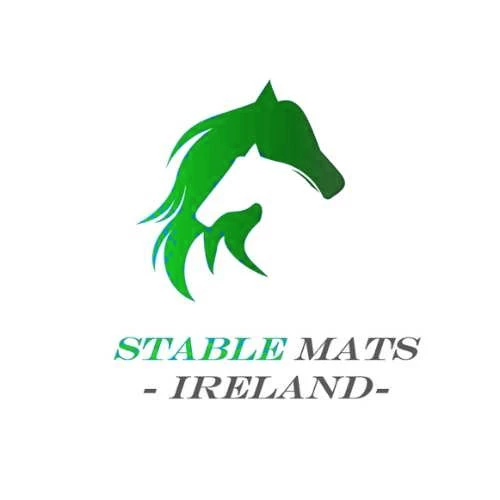When it comes to building a garden shed, choosing the right foundation is crucial for its stability and longevity. One option that has gained popularity is using rubber stable mats as a base. These mats, originally designed for equine use, offer several advantages that make them suitable for shed bases. In this blog post, we will explore the pros and cons of using rubber stable mats as a base for a garden shed. We will discuss the benefits, such as durability, easy installation, and protection against moisture, as well as potential drawbacks to consider. By understanding the pros and cons, you can make an informed decision when selecting a suitable base for your garden shed.
Pros of Using Rubber Stable Mats:
- Durability and Longevity: Rubber stable mats are known for their exceptional durability. They are designed to withstand heavy loads and resist wear and tear. Using these mats as a base for your garden shed ensures a stable and long-lasting foundation that can withstand the elements and heavy storage items.
- Easy Installation: Rubber stable mats are relatively easy to install, requiring minimal preparation. They come in interlocking or non-interlocking designs, allowing for seamless installation. Simply place the mats on a level surface and connect them together, creating a stable and uniform base for your shed. This ease of installation makes rubber stable mats a popular choice for DIY enthusiasts.
- Moisture Protection: Rubber stable mats act as a barrier between the shed and the ground, providing protection against moisture. They prevent ground moisture from seeping into the shed, which can lead to dampness, rot, and damage to the structure and stored items. The non-porous nature of rubber mats ensures that water does not penetrate through, keeping the shed dry and protected.
- Enhanced Shed Stability: Rubber stable mats offer excellent stability for garden sheds. They provide a solid and level surface, reducing the risk of uneven settling or shifting of the shed over time. The mats help distribute the weight evenly, ensuring structural integrity and preventing damage to the shed’s frame or floor.
- Insulation and Comfort: Rubber stable mats provide insulation against cold temperatures, acting as a buffer between the shed and the ground. This insulation helps to keep the interior of the shed warmer, particularly during colder months. Additionally, the mats offer a comfortable surface to walk on, making it more pleasant to spend time inside the shed.
Cons of Using Rubber Stable Mats:
- Initial Cost: One potential drawback of using rubber stable mats as a shed base is the initial cost. Rubber mats can be more expensive compared to other base options such as gravel or concrete. However, it’s important to consider the long-term benefits and durability that rubber mats provide, which may offset the higher upfront investment.
- Drainage and Ventilation: While rubber stable mats offer moisture protection, it is crucial to ensure proper drainage and ventilation when using them as a shed base. Without sufficient drainage, water may accumulate between the mat and the shed, leading to potential water damage. Adequate ventilation is also necessary to prevent condensation buildup inside the shed. These rubber mats have drainage grooved on one side, less joins due to their 6ft x 4ft sized and pretty thick at 17mm.
- Vulnerability to UV Exposure: Rubber mats can be vulnerable to prolonged exposure to sunlight. Over time, UV radiation can cause the rubber to degrade, leading to fading, cracking, or brittleness. To mitigate this, consider using UV-resistant rubber stable mats or providing shade to the shed to minimize direct sunlight exposure.
- Potential for Odor: Rubber stable mats may emit a noticeable odor, especially when first installed. This odor, often referred to as “rubber smell,” can be a concern for those sensitive to smells. However, with time, proper ventilation it shouldn’t last long.
